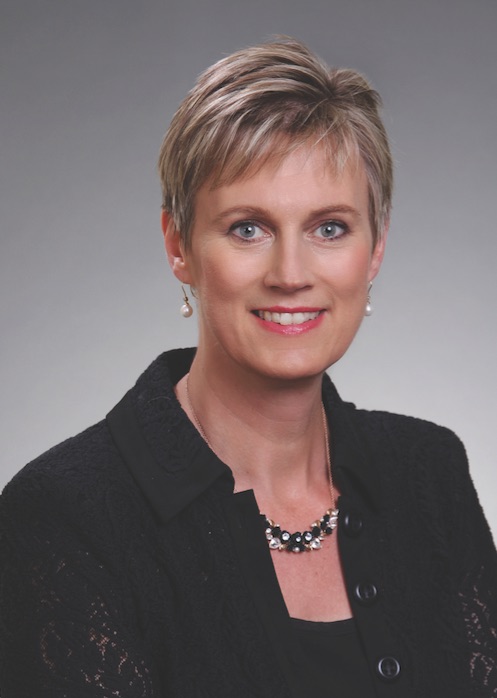From JCC Fellow to Patent Attorney

As a graduate student and a postdoctoral fellow, Melissa Hunter-Ensor says she was a “happy lab rat.” She worked 12-hour days and went into the lab on the weekends, tending fruit flies, running Western blots, and testing C. elegans behavior. Her hard work paid off: a first-author Cell paper about the regulation of the Drosophila circadian clock, a PhD in neuroscience from the University of Pennsylvania, a JCC Fellowship, and a postdoc position in the MIT lab of HHMI Investigator H. Robert Horvitz.
The next step was obvious: become a professor at an elite school. But that’s not what happened. Today, after years of scientific training, Hunter-Ensor now leads a thriving law practice and recently became partner at an international, multi-practice law firm.
“Nobody goes to a Nobel Laureate’s lab to become a patent attorney,” Hunter-Ensor says, explaining that she found herself at a crossroads after four years as a postdoctoral fellow. The JCC Fellowship provided both autonomy within the lab and a much-needed salary raise, she says. But her advisor expected her to remain for an additional three to five years, and raising two children on a standard postdoc salary proved financially difficult. Plus, she realized that, as a professor, her work would shift toward writing grants, serving on committees, and supervising students—tasks that would take her away from her favorite hands-on lab work.
To learn about options beyond academia, Hunter-Ensor bought a “how to network” book from the MIT campus store and she called friends and friends-of-friends to arrange informational interviews. She explored potential careers at pharmaceutical companies, biotechnology corporations, and university technology transfer offices. But none seemed quite right.
“I loved going to scientific meetings, talking to people about their jobs, and being at the cutting edge,” she says, adding that she wanted autonomy in her work. A career in law offered these opportunities.
Hunter-Ensor discovered a small boutique intellectual property firm in Boston where all three partners were former postdoctoral fellows. Within weeks of having an informational interview with one of the lawyers there, she received a job offer.
At her new position, she prepared patent applications and assisted in prosecuting them, while she attended law school at night. After several years, she moved to a larger firm to gain broader experience, working her way through positions as technology specialist, patent agent, associate, and partner.
In 2016, Hunter-Ensor joined the Intellectual Property Group in Greenberg Traurig, which has received the most overall first-tier rankings for the United States in the U.S. News Media Group and Best Lawyers® “Best Law Firms” rankings for the past five years.
As a patent attorney, Hunter-Ensor has gained diverse experiences working with companies to commercialize and protect their scientific discoveries. Just like homeowners protect their property with fences, companies protect their intellectual property with patent claims, she says. Her work spans the life sciences, including pharmaceutical, biotechnology, chemical, agricultural, diagnostics, and medical device companies. And she has represented clients at all stages of the business cycle, including start-ups, universities, and global companies.
Recently, she represented an international pharmaceutical company in a multibillion dollar deal acquiring a smaller life sciences corporation, where she reviewed agreements, assessed the corporation’s intellectual property portfolio, and advised her client regarding licenses and patents.
“Greenberg Traurig is a great fit for my practice,” says Hunter-Ensor. “The global firm is well-known for its collaborative culture and entrepreneurial approach, and the IP Group is recognized for its work in life sciences and medical technologies.”
As a scientist, Hunter-Ensor says, you follow a question, you acquire skills you need to solve any problem, you synthesize information. As a patent attorney, she explains, many of the skills are similar. She evaluates a complicated scientific and patent landscape, helps businesses determine how to get into that space, brings order out of chaos, and comes up with a strategy to become successful. The process requires analytical and critical thinking, along with problem solving.
Hunter-Ensor acknowledges that she did initially experience angst over leaving the lab and the thrill of discovery. But she says she truly enjoys her work and finds the patent process very creative. And in shifting her career trajectory she discovered new skills that she hadn’t appreciated in herself before. “A client comes in with a problem or a crisis, and I help solve it,” she says.